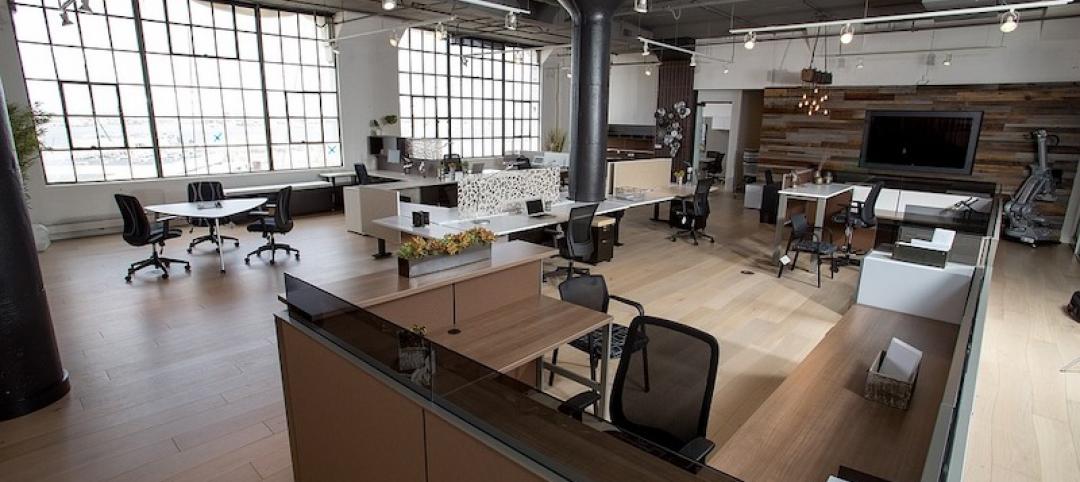Looks like another generation of Americans finds the suburban life appealing. Recently released Census Bureau estimates found that urban areas accounted for only 20% of the country’s population growth between July 2014 and July 2015. The mark is 1% lower than last year and 6.7% lower than in 2011.
According to Fortune, the older Millennials are now looking to buy their first houses, and suburban real estate is more affordable than urban properties.
Some of the trendier cities for younger adults, including New York City, Boston, and Austin, Texas, have experience slower growth. A few Rust Belt cities, including Chicago, Cleveland and Pittsburgh, lost more residents than they gained last year.
Some suburbs in the west and south experienced a significant population increase. Georgetown, Texas, a suburb of Austin, saw the biggest boom, rising 7.8% to 63,716. Other popular cities included Frisco (6.3 to 154,407), a city near Dallas; Dublin (5.5% to 57,721), which is just outside of the Bay Area; and Broomfield (5.2% to 65,065), located north of Denver.
Related Stories
Market Data | Sep 11, 2019
New 2030 Commitment report findings emphasize need for climate action
Profession must double down on efforts to meet 2030 targets.
Market Data | Sep 10, 2019
Apartment buildings and their residents contribute $3.4 trillion to the national economy
New data show how different aspects of the apartment industry positively impact national, state and local economies.
Market Data | Sep 3, 2019
Nonresidential construction spending slips in July 2019, but still surpasses $776 billion
Construction spending declined 0.3% in July, totaling $776 billion on a seasonally adjusted annualized basis.
Industry Research | Aug 29, 2019
Construction firms expect labor shortages to worsen over the next year
A new AGC-Autodesk survey finds more companies turning to technology to support their jobsites.
Market Data | Aug 21, 2019
Architecture Billings Index continues its streak of soft readings
Decline in new design contracts suggests volatility in design activity to persist.
Market Data | Aug 19, 2019
Multifamily market sustains positive cycle
Year-over-year growth tops 3% for 13th month. Will the economy stifle momentum?
Market Data | Aug 16, 2019
Students say unclean restrooms impact their perception of the school
The findings are part of Bradley Corporation’s Healthy Hand Washing Survey.
Market Data | Aug 12, 2019
Mid-year economic outlook for nonresidential construction: Expansion continues, but vulnerabilities pile up
Emerging weakness in business investment has been hinting at softening outlays.
Market Data | Aug 7, 2019
National office vacancy holds steady at 9.7% in slowing but disciplined market
Average asking rental rate posts 4.2% annual growth.
Market Data | Aug 1, 2019
Nonresidential construction spending slows in June, remains elevated
Among the 16 nonresidential construction spending categories tracked by the Census Bureau, seven experienced increases in monthly spending.
















